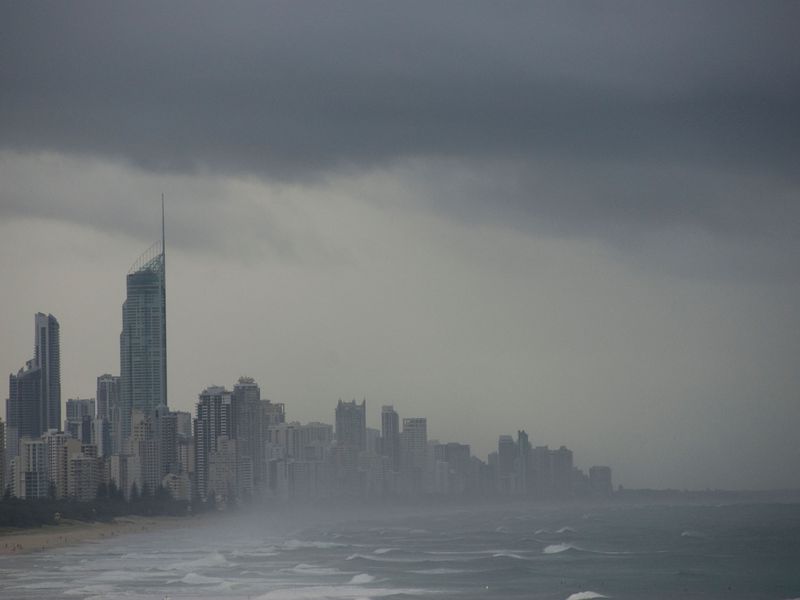According to the American Heritage Science Dictionary, pollution is defined as, “the contamination of air, water or soil by substances that are harmful to living organisms.” Humans are obviously affected by pollution, as seen by disease like asthma or cancer—but animals are victim to its effects too. Many species have experienced pollution events that have caused death or a threat to their habitat. Some species have been pushed to extinction.
Both direct and indirect pollution affect wildlife. Specific statistics for indirect pollution are more difficult to pinpoint. Indirect pollution threatens the habitat of animals. Destruction of the ozone, global warming conditions and the infringement on habitat from solid-waste facilities all impact animals.
Synthetic Chemicals

According to MarineBio.org, “The use of synthetic chemicals to control pests, principally insects, weeds and fungi, became an integral part of agriculture and disease control after World War II.” DDT, a pesticide that was widely applied between the 1940s and 1960s, mainly for mosquito abatement, is one example of a synthetic chemical known to be highly destructive to animals. However, by the end of the 1960s, it was clear that DDT was affecting both humans and animals and was banned in many countries. Causing of reproductive system failures, and neurological effects are two of the most common issues for both humans and animals.
Oil

Oil spills affect wildlife in oceans instantly, with a very large death toll. MarineBio.org notes that immediately after the Exxon Valdez oil spill, more than 100,000 sea birds died, along with more than 1,000 sea otters. At least 144 bald eagles are known to have died as well.
Besides the immediate death from the toxicity of oil, many other animals are affected by oil spills. The oil pollutes beaches, water and plant life, which impacts animals in many ways. Reduced or impaired reproduction, cancer, neurological damage and more susceptibility to disease are common effects long after oil spills have been cleaned up.
Toxic Metals

Metals that are commonly found in nature are typically not concentrated enough to do humans or animals any harm. However, human activities, including mining, water-waste, metal refining and the burning of fossil fuels all concentrate toxic metals to a level that is dangerous. These concentrated toxic metals are released into the water and air.
The affects of these metals vary. Neurological damage, liver damage, muscle atrophy and failure to reproduce are just a few of the physical affects of metals. These toxic metals also affect plant life, which affects the animals’ food and habitat.
Acid Rain

MarineBio.org says that, “Acid rain is primarily caused by the release of sulfur and nitrogen into the atmosphere as a result of the combustion of oil and coal by power plants and automobiles.” Acid rain pollutes water as the rainfall drains toward lakes, streams, ponds and tributaries. Many lakes lose their entire fish population because of it. The drop in fish population affects the birds and other animals that depend on fish for food.
